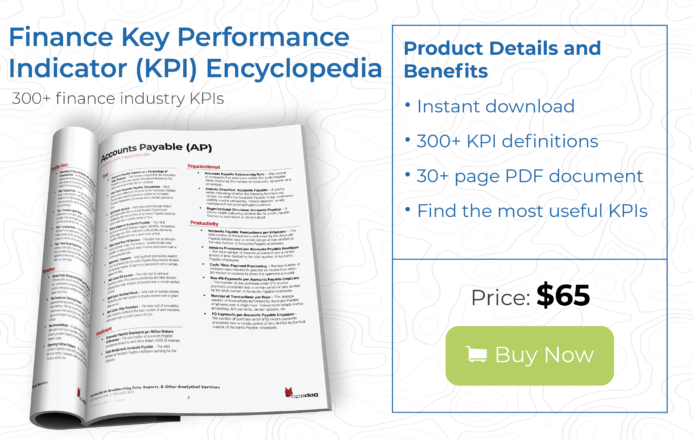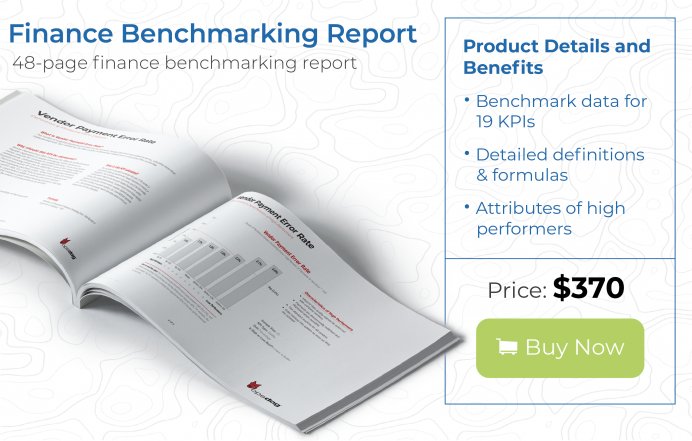All businesses have to report earnings to the local, state and federal governments for tax purposes. Unless, that is, you are Walter White from the TV series “Breaking Bad.” In that case, you probably wouldn’t want to disclose all of your earnings. That is, however, another story entirely, but hopefully you aren’t in the same boat as the infamous Heisenberg.
This article will walk you through the basics of the Financial Close process, also known as the Month-End Closing process, Finance Statement Close process, Accounting Close process or the Financial Reporting process. All of these terms mean the same thing: at the end of the month, quarter and year you count how much money the business made, what it spent and what the bottom line is. The process always consists of the same inputs and outputs no matter what you sell. Journal entries are the inputs and financial statements are the outputs. It sounds pretty basic, right? It is, but it becomes increasingly complex in large organizations that have reports from multiple business units rolling up into a coordinated final output to the tax authorities– everyone’s best friend.
Let me lay out the basic Financial Close process activities based on one of OpsDog’s workflow templates, which you can download here.
Step One: Data Collection and Reconciliation
Gather the Ingredients
All business units within a company gather the relevant financial data required for reporting at the end of a period of time defined by regulatory standards. The business units then reconcile the data into a manageable, useable format and send it to the General Accounting Group, which is a shared service function for the different business units. Once General Accounting collects all of the raw reporting data from the business units, as Heisenberg would say, “it’s time to cook.” General Accounting aggregates all submitted data, reconciles the entries, creates the appropriate tax entries and generates the appropriate internal reports to send to the Financial Reporting team.
Step Two: Report Generation and Distribution
Manufacture and Distribute the Product
Once the Financial Reporting team receives the reports from General Accounting, they prepare baseline reports for forms 10K and 10Q. These baselines are then reviewed with the leaders of the submitting business units and possible changes are discussed and implemented. The updated financials are then presented to the CFO for approval. The CFO works his magic and inks the documents if all is in good order. The paperwork is then pushed along to the Sarbanes-Oxley compliance process. If the paperwork is compliant, the last step is an internal Audit Committee review. Finally, the documents are filed with the SEC.
Step Three: Management Report Analysis
“How did you know the process was going to work? Because I said so.”
Heisenberg was the king of one-liners, and he was not afraid to boast when a plan came together. After the successful giant-magnet-police-station-evidence heist, Mike asked Walt, “How did you know it would work?” His smug response was “Because I said so.” How was Walt able to say that with such confidence? Heisenberg used lessons learned during his previous life as a chemist to take a scientific approach to his new, less savory profession. Similarly, only the best planned and executed Financial Close processes, with past lessons and experience applied continuously, will produce consistent and predictable results. This is why management report analysis after each close is so important. Rehashing certain scenarios, comparing current and previous financial reports from various business units and reviewing the success or failure of various steps of the process can identify improvement opportunities.
Now that we have walked through the process, you are probably wondering, how you can compare yourself to peers.
Some common metrics, or KPIs, for the Financial Close process include:
- Cycle Time: Financial Close and Reporting
- Finance Headcount Ratio
- Finance Report Error Rate
- Total Revenue per Finance Employee
- Percentage of General Ledger Accounts Reconciled During Close
- Percentage of General Ledger Data Requiring Reconciliation
Thanks for reading and until next time, in the words of Heisenberg, “Remember my (our) name.”

